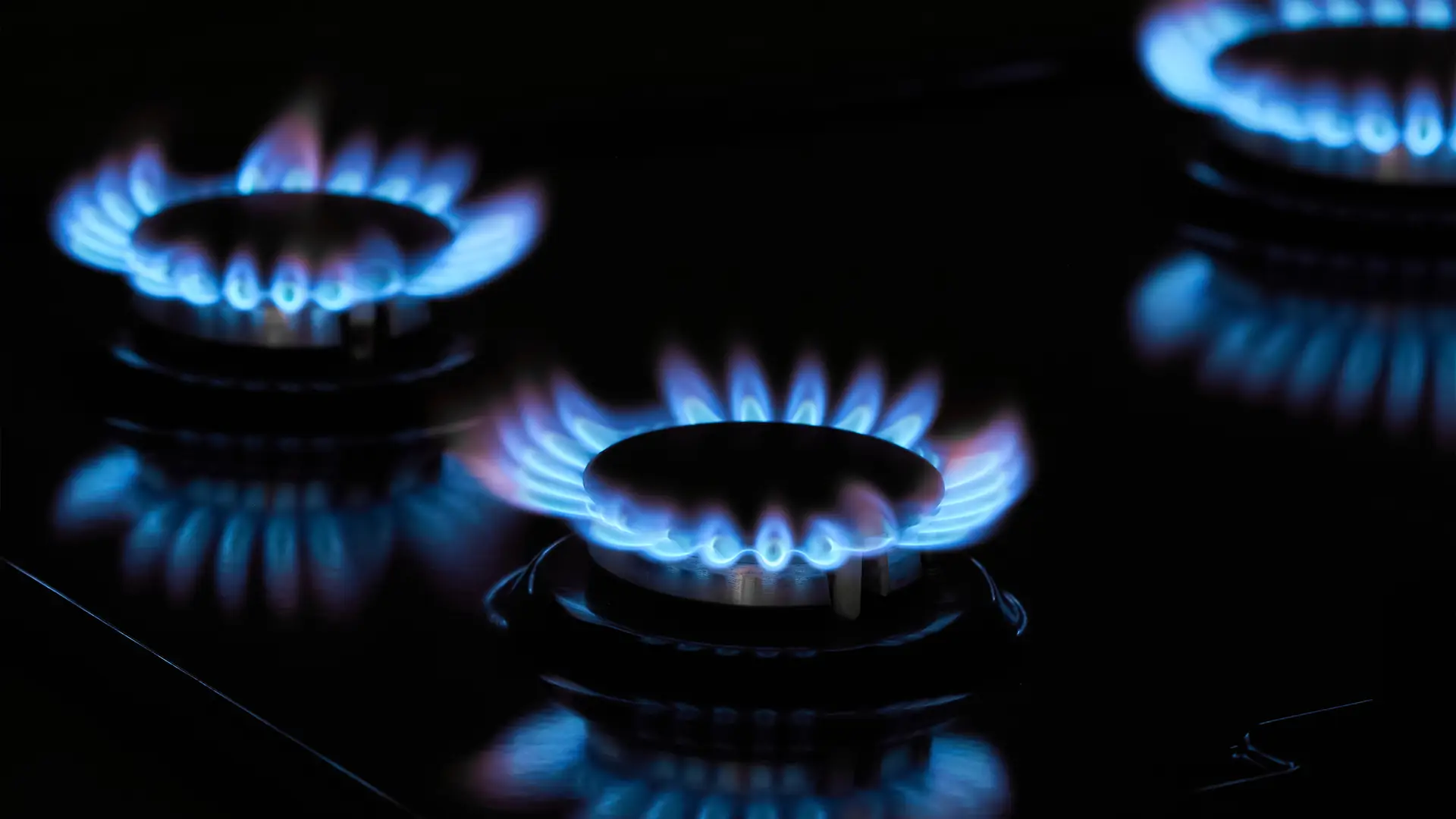Do Gas Hobs Require FFD or FSD?
When it comes to gas hob safety, you may have come across terms like FFD or FSD. These are vital safety features that prevent gas leaks and protect your home. But are they required on all gas hobs? Let’s take a closer look.
What Are FFD and FSD?
Both FFD (Flame Failure Device) and FSD (Flame Supervision Device) refer to the same thing — a built-in safety mechanism designed to automatically stop the gas supply if the flame goes out unexpectedly.
This can happen due to a draught, spill, or if something boils over. Without an FFD/FSD, unburned gas could escape, posing a serious fire or carbon monoxide risk.
Do All Gas Hobs Need an FFD or FSD?
Yes — in the UK, all new built-in gas hobs must include a Flame Failure Device or Flame Supervision Device to comply with modern safety standards. Since around 2010, this feature has become mandatory for any gas hob sold or installed in the UK.
Older or imported hobs without this protection are not permitted for installation under UK Gas Safety regulations. If your current hob is over a decade old, it may not have this feature — so it’s worth checking before use or replacement.
How to Check if Your Hob Has an FFD/FSD
It’s simple to check whether your hob includes one:
- Look closely at the burner — you should see a small metal probe or sensor near the flame ring.
- Consult your hob’s manual or look up the model number online.
- Most modern gas hobs will clearly state “Flame Failure Safety Device” or “FFD/FSD included” in their specifications.
Why It Matters
Having a Flame Failure Device is not just a legal requirement — it’s an essential safeguard for your home. It protects against gas leaks, reduces fire risks, and ensures your hob meets current safety standards.
If you’re installing or replacing a gas hob, always check it has an FFD/FSD and ensure installation is carried out by a Gas Safe registered engineer.
Conclusion
All modern gas hobs sold in the UK must be fitted with a Flame Failure Device or Flame Supervision Device. These systems are designed to stop gas flow automatically when the flame goes out — keeping you and your kitchen safe.
If you’re buying or installing a new gas hob, make sure this essential safety feature is included to stay compliant and secure.
- All Posts
- Cooker Hood Guides & Advice
- Dishwasher Guides & Advice
- General Appliance Guides & Advice
- Hob Guides & Advice
- Laundry Guides & Advice
- Microwave Guides & Advice
- Oven Guides & Advice
- Wine Cooler Guides & Advice
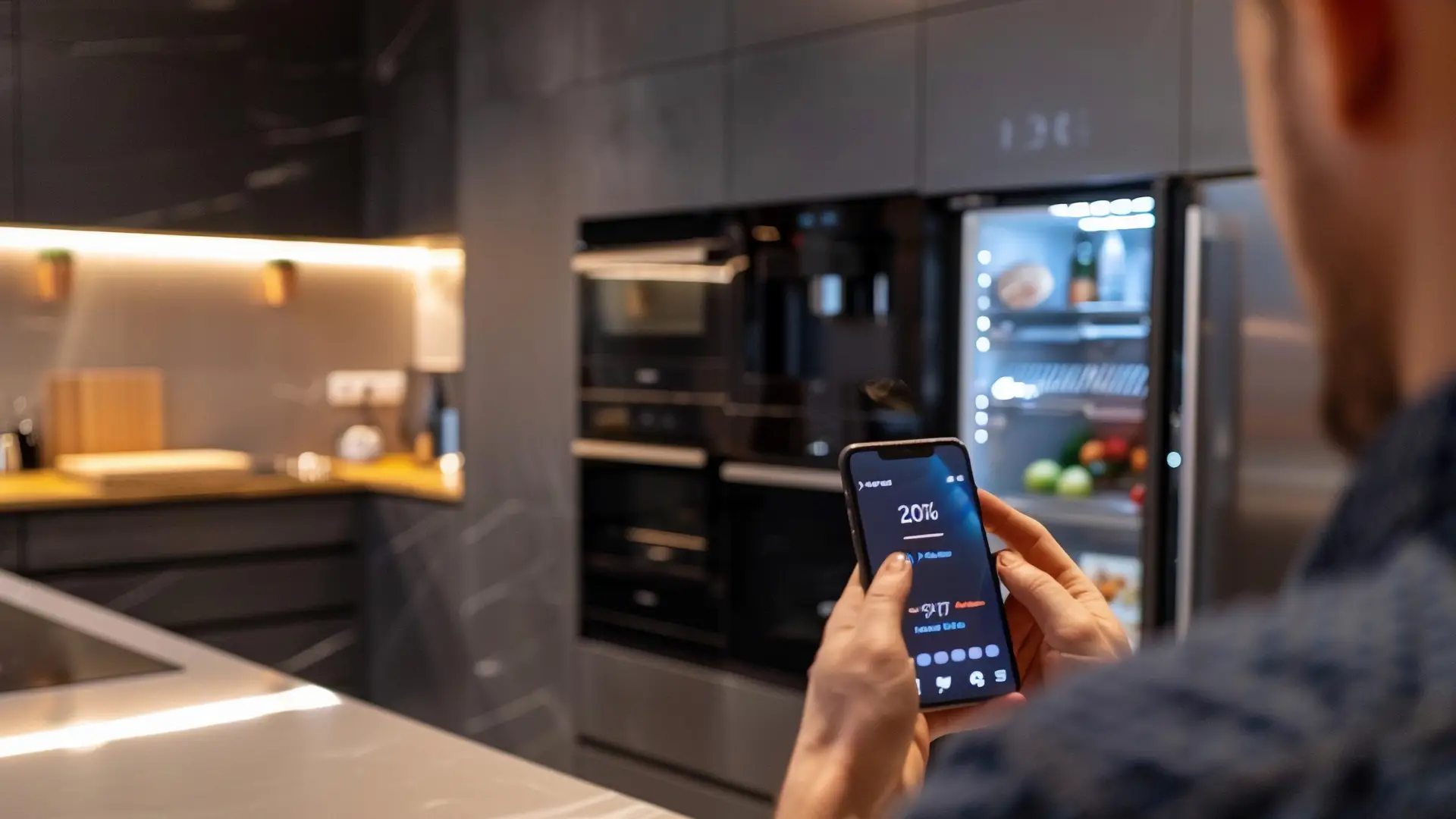
Discover how smart kitchen appliances save time, energy and money. Learn the real benefits of a connected kitchen. Explore modern...

Discover the key differences between integrated and freestanding dishwashers. Compare pros, cons, and find the right fit for your kitchen...
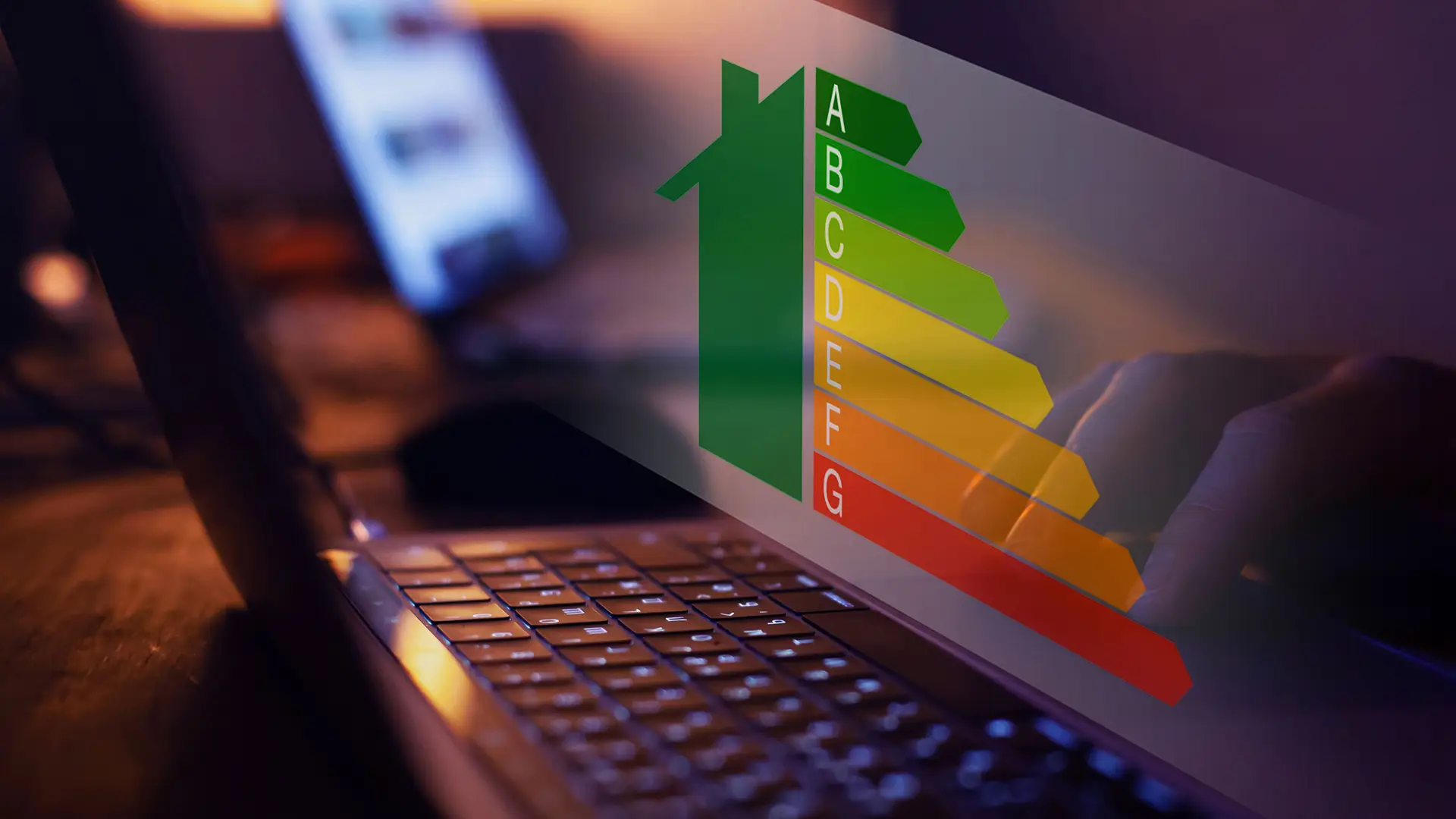
Ever wondered why hobs have no energy label? Discover the reasons behind this UK regulation and what it means for...

In this article, we’ll explore what hob protectors do, their pros and cons, and whether they’re worth adding to your...
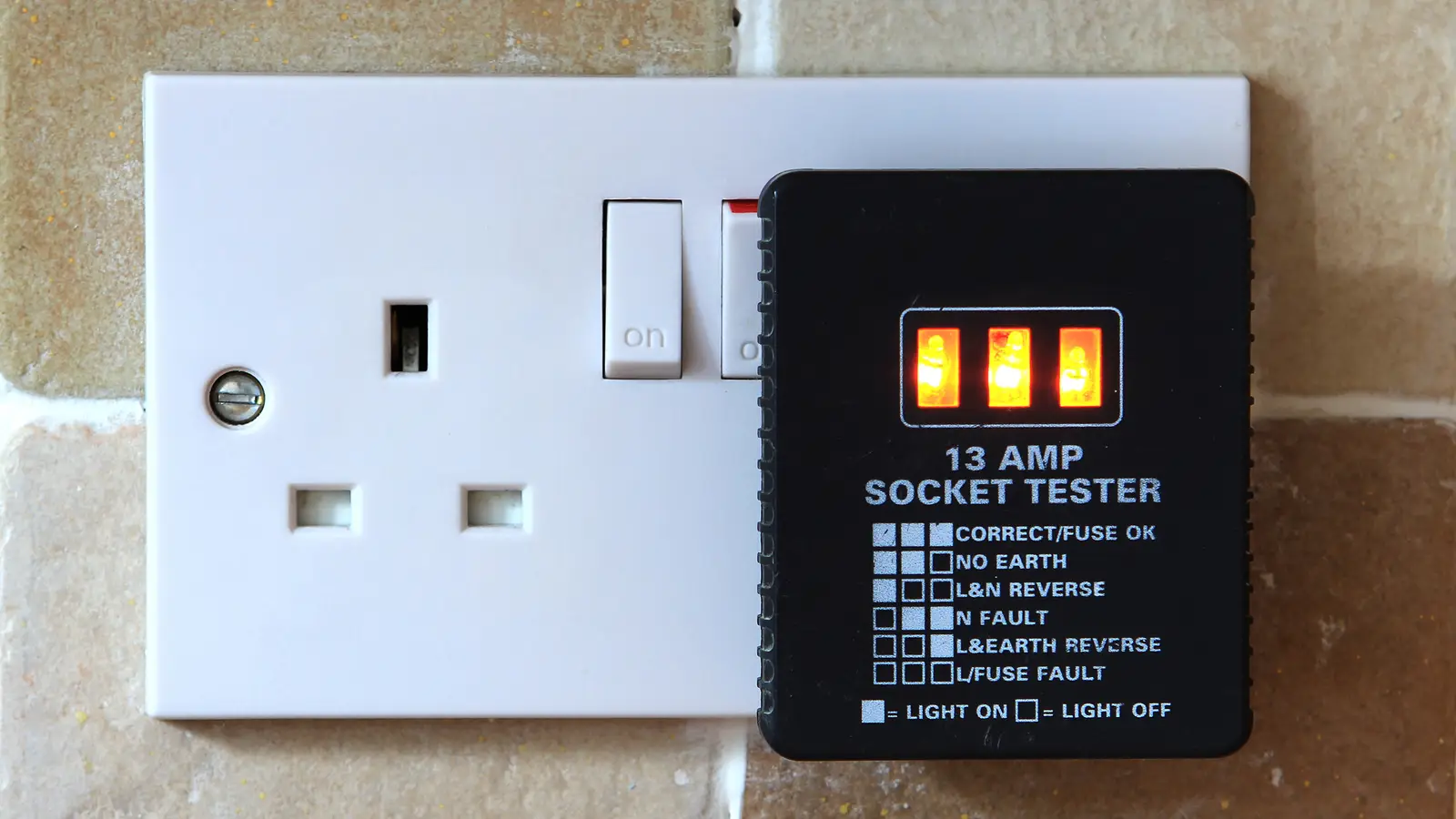
Find out if you can plug a dishwasher into a normal UK socket and what safety rules apply. Quick, clear...
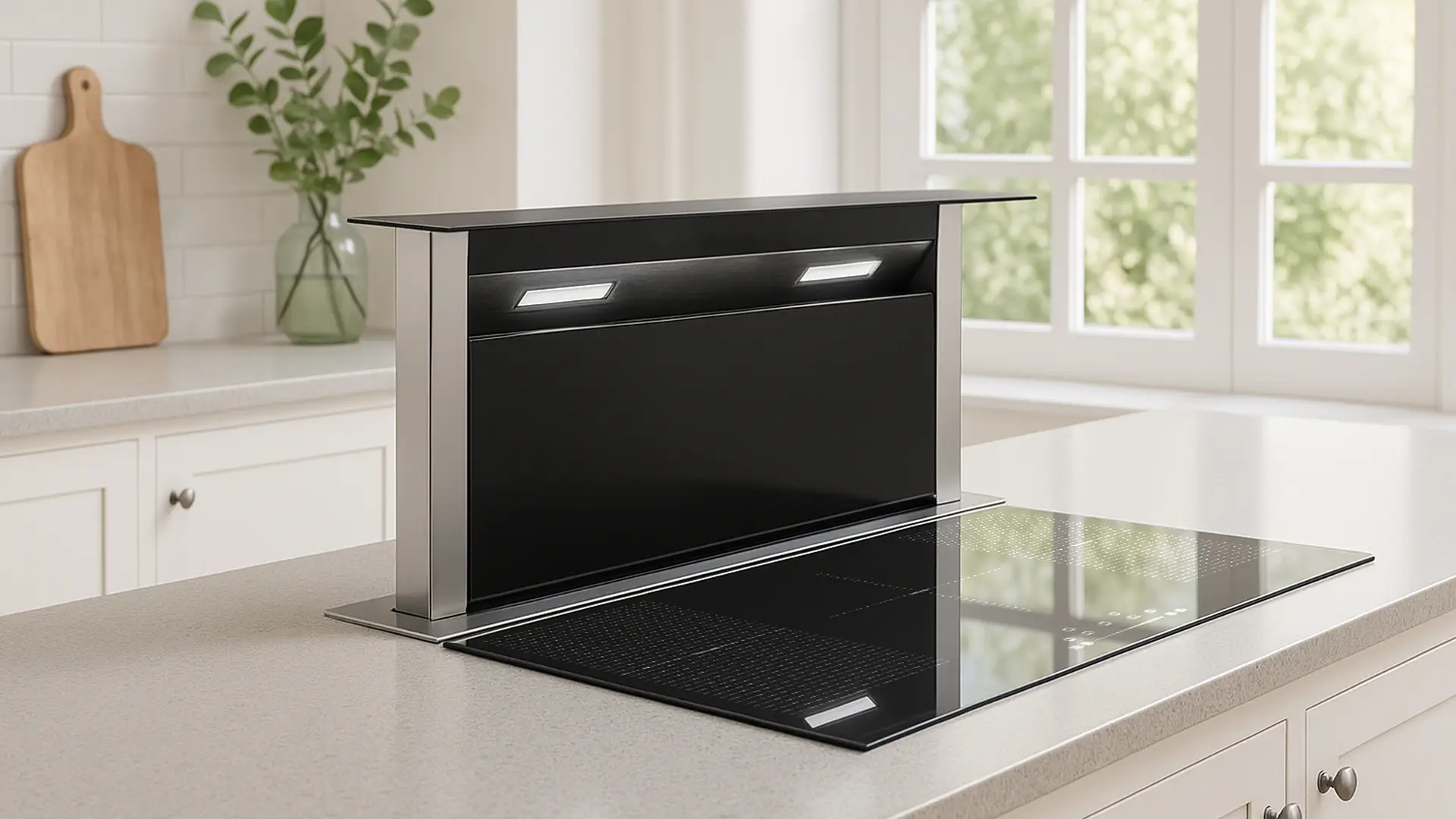
Find out if a downdraft cooker hood is worth the investment. Learn the pros, cons, and installation tips before buying....
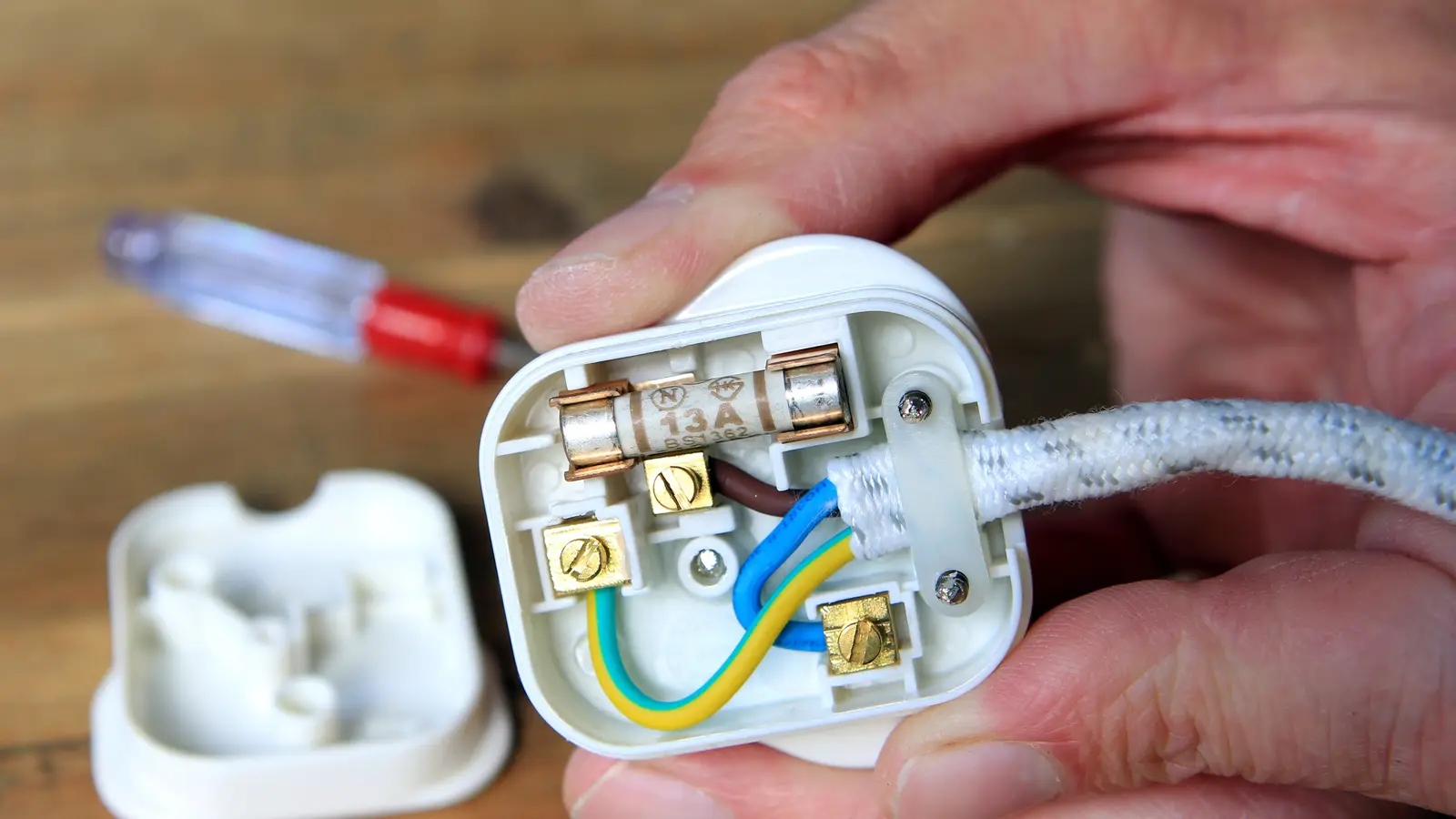
Unsure whether your appliance needs hard-wiring or a plug? Learn the UK rules in plain English and avoid mistakes. Read...

Discover how often to clean your wine cooler to keep your bottles fresh and tasting perfect. Learn the best cleaning...
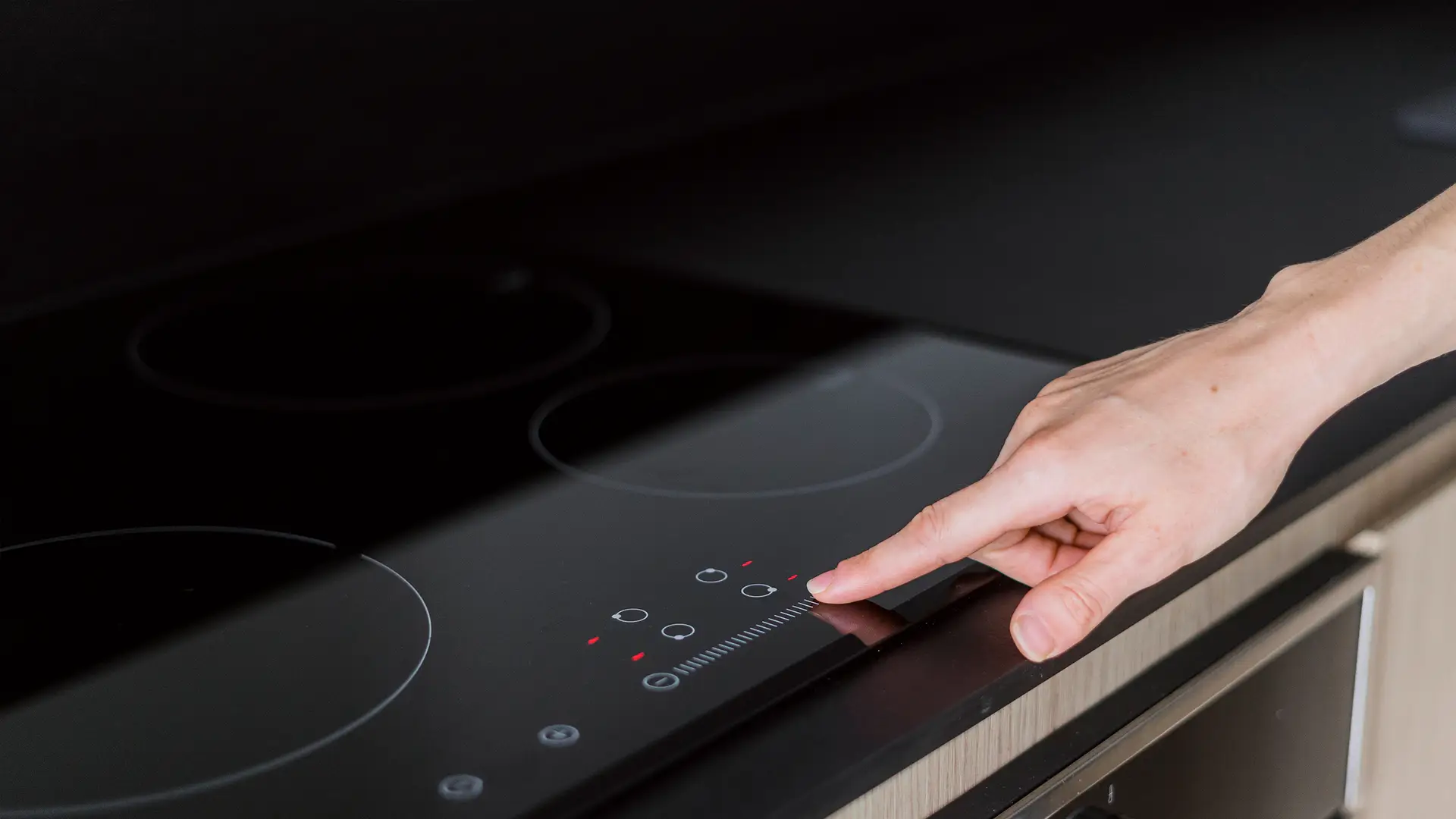
Discover the different types of induction hobs, their features and benefits. Compare options to find the perfect hob for your...
